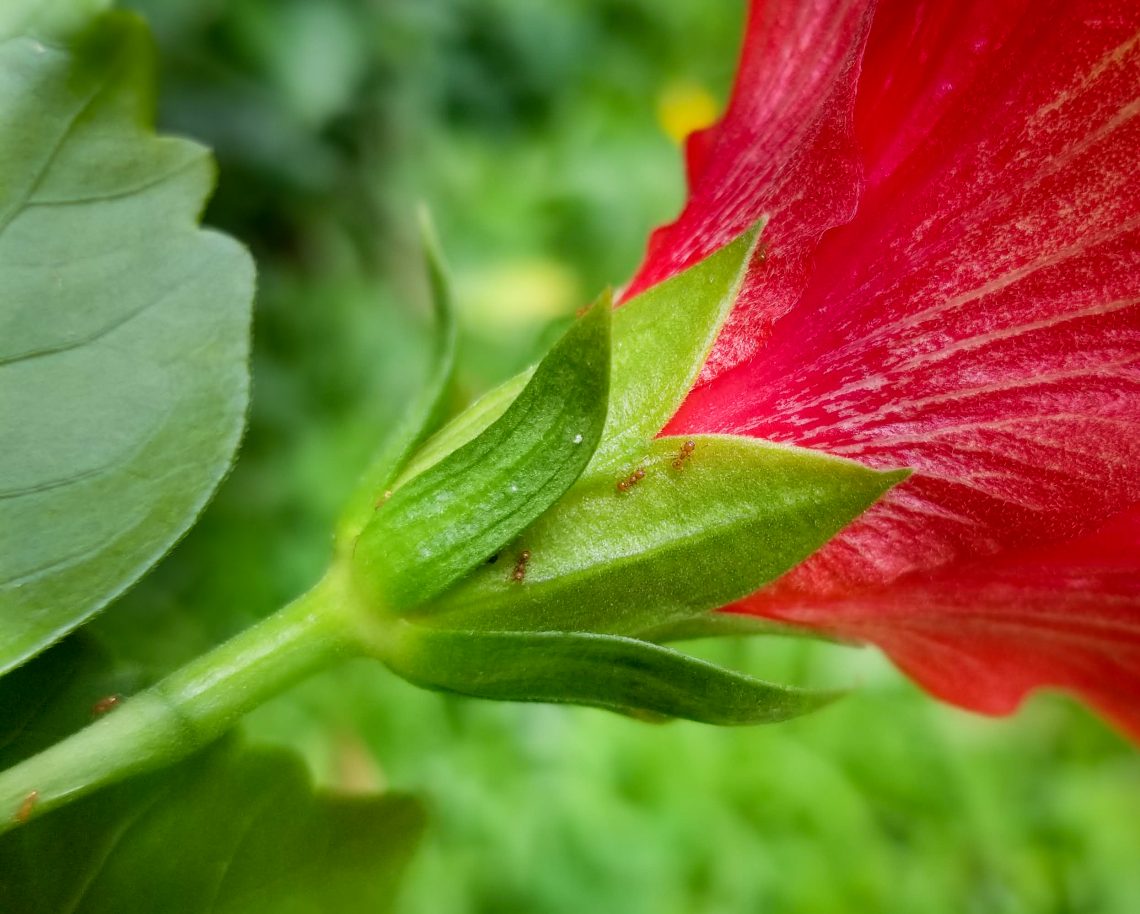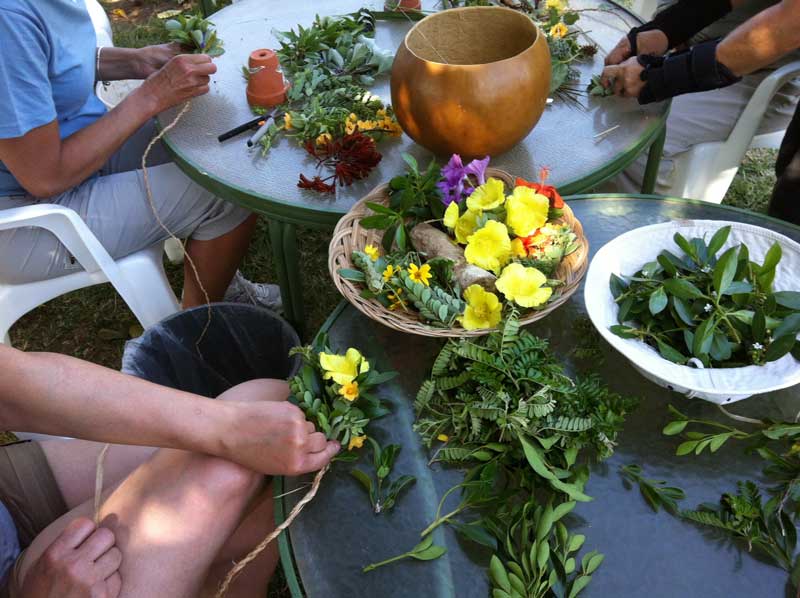On August 26th, 2024, the Maui Invasive Species Committee (MISC) field crew detected a small population of little fire ants…
Read More
little fire ants
Press release 9/23/19: New infestation of little fire ants found in Waihee Valley
In late August 2019, a Waihee Valley resident called the Maui Invasive Species Committee (MISC) to report stinging ants. She…
Read More
Illegal dumping risks spreading invasive species
The evening of July 24, 2018, a Maui resident living near the Five Corners area of Haʻikū heard something she…
Read More
Invasive species can sting aloha
Aunty Penny Martin is a lei-maker on Molokaʻi. She was talking story one day with a friend visiting from Hawaiʻi…
Read More




